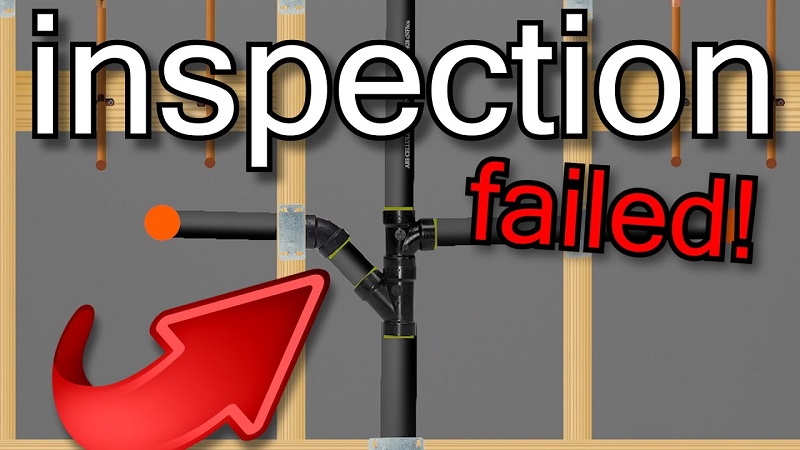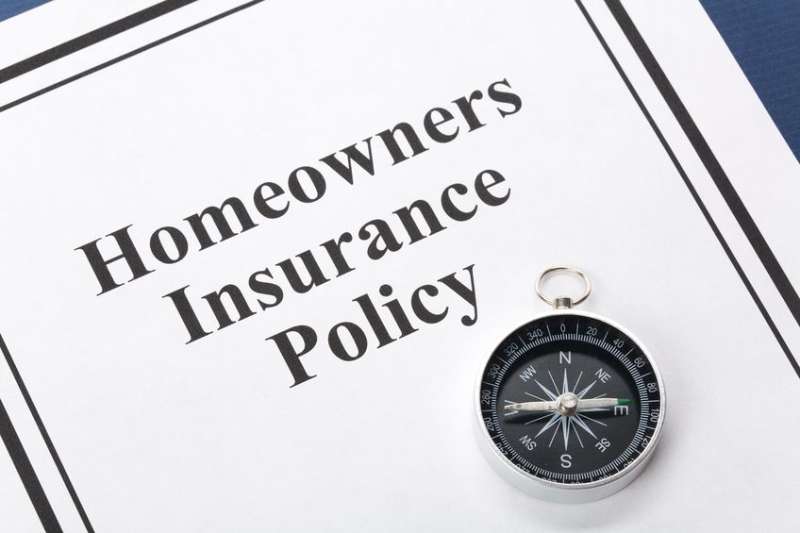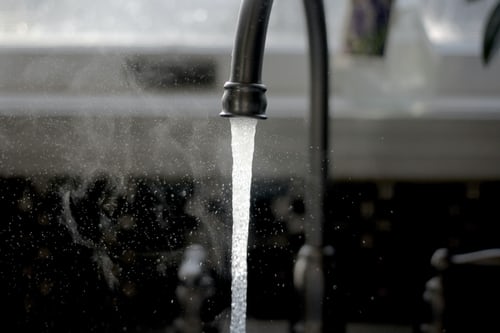Common Plumbing Code Violations You Should Know

Does Homeowners Insurance Cover Plumbing and Pipe Leaks?
April 5, 2022Common Plumbing Code Violations You Should Know

Building codes are created for a reason. They are designed to keep you safe while protecting your home or building. Professional, licensed plumbers have no choice but to follow these codes.
While this is true, plumbing code violations still occur. This is especially the case if you attempt do-it-yourself repairs. While a professional plumber in St. Clair Shores will likely know how to avoid these issues, it’s still important to know the most common violations.
Keep reading to learn about common residential and commercial plumbing code violations seen in St. Clair Shores and nearby areas.
Using Illegal or Improper Materials
It’s necessary to use the right materials for plumbing installations and repairs. Using some materials in the fixes will violate the established plumbing code. While rubber fittings, corrugated piping, and other materials may “get the job done,” they won’t be up to code for several reasons.
Before installing any new fittings, pipes, or other components, find out which plumbing materials will work best and which ones would constitute a plumbing violation.
If you aren’t sure, call the professionals for the plumbing services you need.
Improper Slope
Drainpipes are designed to drain water and waste away from your home. To ensure pipes drain correctly, you must take advantage of gravity, which will ensure the water empties into the sewer.
For this to happen, drainpipes must be angled downward in the direction they should drain to prevent backflow and ensure the contents move properly through the pipe. Standard practice is for all drainpipes to have a 1/8″ per foot pitch for a pipe that is three inches or larger.
If the pitch isn’t done correctly, it can result in leaks and slow draining for bathtubs and sinks and lead to other issues in your home.
Unvented Traps
You aren’t alone if you haven’t heard of a drain trap before. However, it’s an important component of your plumbing system. The drain trap is a curved piece of pipe under a fixture (like a sink) designed to hold a small amount of water. The purpose is to provide a barrier between your sewer and home. If the drain trap were not in place, then a stinky and flammable sewer gas would move into your pipes and home.
Unvented traps (the S-trap) are considered dangerous because it creates a vacuum in the drainpipe and sucks water out of the trap, letting sewer gas move into your home. Vented traps (P-traps) ensure the water stays where it should be by providing a vent in the sewer pipe through the roof.
The Wrong Size Drainage Piping
For drains, the piping must be a certain size. Usually, if it violates the plumbing code, it’s because it’s too small for the job it is supposed to do or for the attached drain. It’s also a possibility that you will use a pipe that is too big.
When replacing piping in your home, it’s important to make sure it meets the plumbing code requirements.
Too Few Clean-Outs
A clean-out is a plumbing system access port that’s required for maintenance. It’s an easily accessed portion of the pipe that includes a removable cover. It makes it easier for plumbers to gain access to the pipes to work on them.
The total number of clean-outs in a building must have depended on the size of the plumbing system.
According to the plumbing code, it’s necessary for building sewers to have clean-outs located no more than 100 feet apart. This measurement begins at the upstream entrance of the clean-out. If a building drain, sewer, soil line, or horizontal waste line changes directions by over 45 degrees, installing a clean-out where the change of direction occurs is necessary.
Inaccessible Clean-Outs
Since the clean-outs are such an important part of your plumbing system, they must always be easy to access. This means it can’t be obstructed or covered by casements, machinery, or cabinetry. It is also necessary for the clean-outs to be placed in an area that is not susceptible to flooding or close to electrical equipment, like an electrical junction box.
Water Heater Pressure Relief Valves that Aren’t Installed or Plugged Properly
The temperature and pressure relief valve is a standard feature on modern water heaters, often referred to as a T and P valve. If the interior pressure or temperature of a water heater exceeds what is safe, the unit can explode.
The T and P valve helps to prevent this by releasing water. There’s an issue, though – if the T and P valve works or leaks because of age, you may try to repair the drip by plugging the problematic valve. This is a code violation, but it can also cause a serious and potentially deadly explosion.
Not Ensuring Adequate Space Around a Toilet
You should ensure there’s plenty of clearance around a toilet to be used properly and comfortably. The amount of clearance required varies based on the codes in your local area. Be sure to know the requirements before installing or moving a toilet.
This also applies to other bathroom appliances or furniture, such as sinks and cabinets. Also, when you move your bathroom cabinets, be sure you use the proper screws and put them back together properly.
Using Sewer Cleanouts as Drains
You can’t use the clean-out on your homes or the building’s main sewer line as a drain. It’s important to keep the sewer clean-out sealed and only open it if there’s a clog in the main sewer line.
Understanding the Most Common Plumbing Code Violations in St. Clair Shores
As you can see, countless plumbing code violations may occur. Knowing these is a good way to avoid making an expensive and potentially dangerous mistake.
If you aren’t sure about plumbing codes or how to avoid violating them, hiring a professional plumber in St. Clair Shores is highly recommended. With these plumbing services, you can feel confident that your home or property will be up to code. Be sure to keep the information here in mind, which will help you when doing any plumbing work. Being informed is the first step in avoiding serious mistakes with your home’s or commercial building’s plumbing system.




